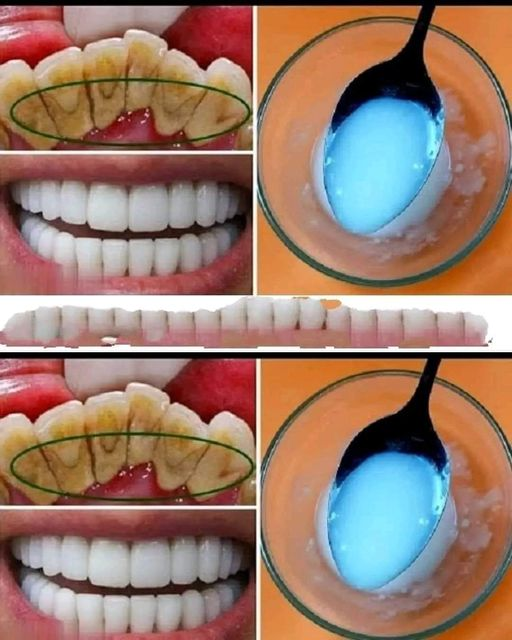ADVERTISEMENT
Proper Brushing
Brushing your teeth twice a day is the first step to removing plaque properly.
To brush the teeth properly:6
Hold the toothbrush at a 45-degree angle against the gum line.
Use short strokes, about half a tooth wide.
Brush gently. Brushing too hard can cause tooth sensitivity or receding gums.
Brush all of the surfaces of the teeth, outside and inside.
Remember to brush the pits and crevices of the top of the teeth where you chew.
Brush for two to three minutes.
Guide to Brushing Your Teeth the Right Way
Proper Flossing
While brushing will remove the plaque from the teeth, it won’t help remove plaque between the teeth, under braces, or under the gum line. This is why flossing at least once a day is important. Dentists typically recommend using unwaxed floss, as it is thinner and easier to use.
To floss effectively:6
Gently insert the floss between two teeth and use a back-and-forth motion to move the floss.
Curve the piece of floss along the edges of the teeth to mimic a “C” shape, and move this up and down the sides of each tooth.
Repeat flossing between every tooth.
Don’t forget to floss the backs of the very back teeth.
A water flosser could also be used in place of floss. This sprays water between your teeth to flush away plaque and food particles.7
Using Mouthwash
Mouthwash can also help to decrease plaque on your teeth when used in addition to brushing and flossing. Antimicrobial mouth rinses can reduce bacteria, which contributes to plaque. Flouride mouthwashes can strengthen your teeth to prevent decay from plaque.8
Check with your dentist before using. Children who are 6 years old or younger shouldn’t use a fluoride mouthwash.
Home Remedies
Besides brushing with toothpaste and flossing, other at-home remedies are thought to reduce plaque. Some are backed by research while others may need more studies to prove the benefits.
Baking Soda
read more on next page
